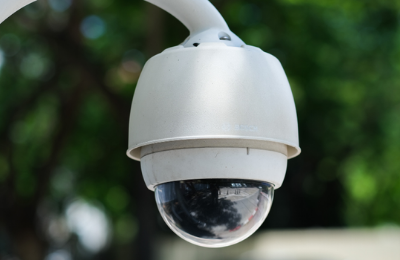
Businesses and organizations with multiple sites face various security challenges. From theft and data breaches, to missing persons and medical incidents, retailers, restaurants, hotels and workplaces are among those with unique security needs. However, all could benefit greatly from having their video analytics and intelligence centrally managed at a central hub. By centralizing security management from all sites, these organizations can glean cross-site intelligence and be proactive about their security plans.
Through a central hub, businesses with multiple, distributed locations can view aggregate data from all remote sites to uncover trends across locations, boost real-time alerting and optimize operations and response.
Quickly review hours of video
When a shopping mall is attempting to locate a missing child, the video captured on-site is invaluable. With video analytics, a central security hub can review hours of video from multiple locations within the mall in just minutes to rapidly pinpoint objects of interest. Video content analytics software powered by deep learning and artificial intelligence is able to identify, classify and index objects in surveillance video footage. This enables those managing the central hub to conduct filtered searches based on criteria such as gender, clothing type and color, direction of travel, and more.
A video analytics operator can create a digital watchlist that contains a still photo or video image of the missing person to drive live alerts when a potential match for that face is detected, as well as filtered searches of archived video footage to locate where and when that missing person was last seen on the premises. The information that the central hub provides can help mall security guards as well as local law enforcement accelerate their investigation by giving them descriptors of what to be on the lookout for and in what general direction or area.
Following the incident, the mall’s parent company can study the on-site response and use that information to enhance their overall training and safety procedures at all locations.
Leverage advanced analytics for real-time notifications
Through video analytics, organizations can receive real-time alert notifications from across all locations, as well as visualize business intelligence from multiple sites into centralized dashboards. Real-time alert notifications can be configured to notify the hub manager when a person or object appears in frame at a designated time. Banks often have multiple branches across a region or even the country. Given the nature of their sensitive and secure business, banks could leverage a video analytics hub to trigger alerts that brings relevant events to the forefront. For instance, a rule-based real-time alert could be configured to tell the hub manager when there are a certain number of people in the vault, or if they are there before or after business hours. These types of alerts allow for the quick review and accurate assessment of events.
Derive insights for data-driven decision making
While organizations need the ability to record video locally on-site, they also seek to gain valuable insights through advanced video analytics across sites. By using a central hub to manage their video surveillance and analytics, a chain of restaurants that has experienced robberies at multiple locations can compare insights and make necessary improvements. Did those robberies have anything in common? By analyzing the data, they find that many of their stores have poorly lit doorways therefore enabling individuals to access fairly unnoticed. This can help the restaurant chain make physical improvements, like installing motion-sensor lighting.
Accidents and medical incidents are not uncommon occurrences. Although video surveillance may capture some incidents, manual forensic video review is time-consuming and can be error prone. Video analytics technology enables a central hub to review video footage rapidly and accurately across multiple cameras and filter video to pinpoint relevant objects in video. A resort guest may have been found alone and unresponsive; with the use of filters, video analytics can quickly identify when that person experienced a medical episode and therefore unlock clues to what happened. By examining and comparing medical incidents across multiple resorts, the hotel chain can make operational decisions to enhance their response like, adding more AED devices around the property or making sure secluded areas are checked often. Similarly, workplaces experiencing accidents can use video analytics to determine the root cause of the accidents and therefore change their practices to avoid in the future or enhance their training programs.

